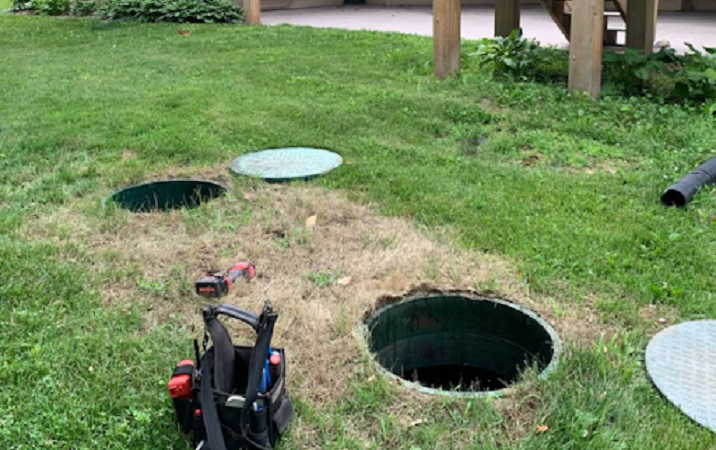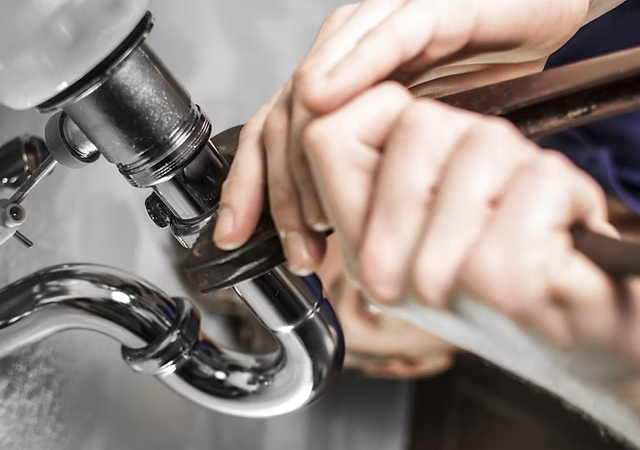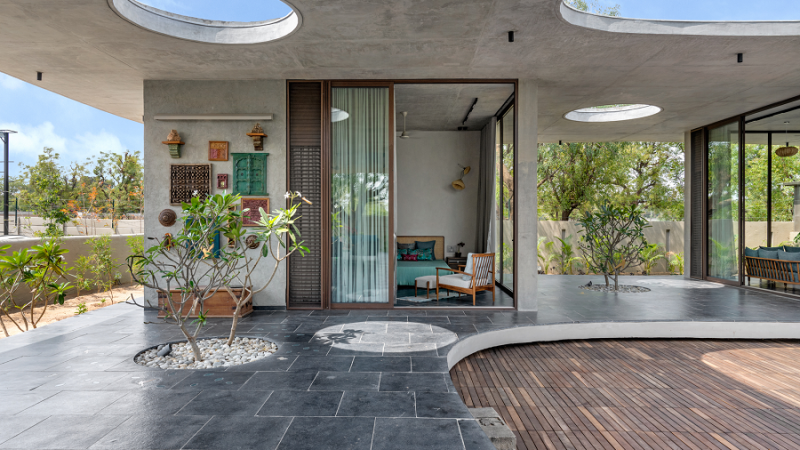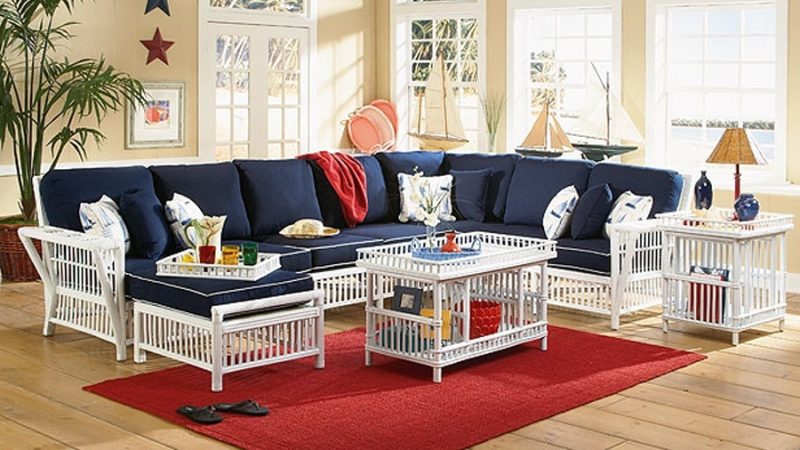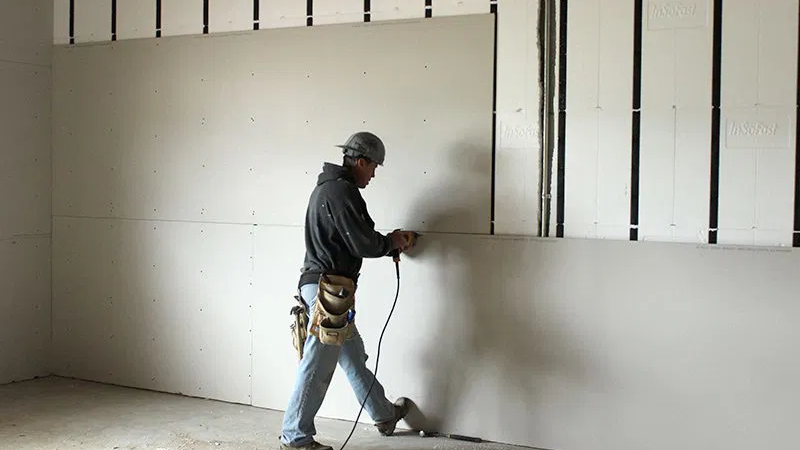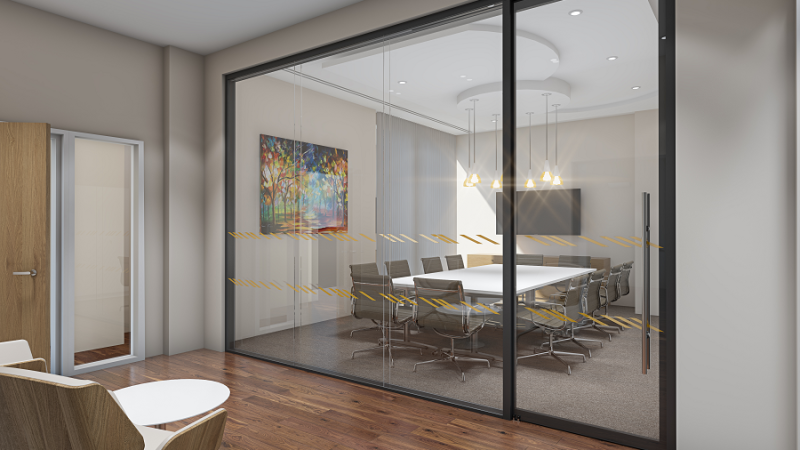7 Factors to Consider When Choosing New Windows
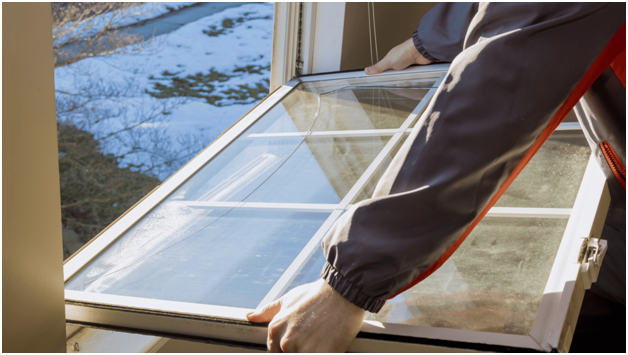
When it comes to home improvements, replacing windows is one of the most impactful upgrades you can make. New windows can enhance your home’s aesthetic appeal, improve energy efficiency, and even increase property value. However, choosing the right windows for your home requires careful consideration. With so many options available, it can be easy to feel overwhelmed. To help you navigate this important decision, here are seven key factors to consider when selecting new windows.
1. Window Material
The material for your new windows plays a significant role in their durability, appearance, and maintenance requirements. Each material comes with its own set of pros and cons, and your choice will depend on factors such as budget, style preferences, and climate.
- Vinyl Windows: Vinyl is a popular option due to its affordability, durability, and low maintenance. Vinyl windows are resistant to moisture and won’t rot, making them ideal for humid or rainy environments. They also provide excellent energy efficiency and come in a variety of colors and finishes. However, some homeowners find that vinyl lacks the aesthetic appeal of wood.
- Wood Windows: Wood windows offer a classic, timeless look and can be painted or stained to match any home’s design. They provide excellent insulation, but they require more maintenance to prevent issues like rot and insect damage. Wood windows tend to be more expensive, but their natural beauty and longevity make them a popular choice for high-end homes.
- Fiberglass Windows: Fiberglass is an incredibly strong and durable material that can mimic the look of wood while requiring far less maintenance. These windows are energy-efficient and resistant to warping, but they are often more expensive than vinyl or wood.
- Aluminum Windows: Aluminum windows are lightweight, strong, and resistant to rust. They are particularly well-suited for modern-style homes due to their sleek, minimalist design. However, aluminum is not as energy-efficient as other materials and may conduct heat, leading to higher energy costs in extreme temperatures.
2. Energy Efficiency
One of the primary reasons homeowners replace their windows is to improve energy efficiency. Windows are a significant source of heat loss in homes, and upgrading to energy-efficient windows can help reduce your energy bills and make your home more comfortable.
Look for windows with a low U-factor (which measures how well a window insulates) and a low Solar Heat Gain Coefficient (SHGC), which indicates how much heat the window blocks from the sun. Double-pane or triple-pane windows are also recommended for better insulation, as they trap air between the panes, acting as an additional barrier against heat loss.
Additionally, consider windows with Low-E (low-emissivity) coatings, which help reflect heat back into the home in colder months and keep it out during the summer. Installing energy-efficient windows not only reduces heating and cooling costs but also increases the overall value of your home.
3. Style and Design
Windows are a defining feature of your home’s architecture, and choosing the right style can enhance both curb appeal and interior design. When selecting new windows, consider the architectural style of your home as well as your personal aesthetic preferences.
Popular window styles include:
- Double-Hung Windows: These windows have two movable sashes that slide up and down. They are a versatile and traditional choice, providing good ventilation and easy cleaning.
- Casement Windows: Hinged at the side, casement windows swing outward to open. They offer excellent ventilation and unobstructed views but require enough space outside for the window to fully open.
- Bay and Bow Windows: These protruding windows extend out from the wall and create additional space inside the home. They are great for adding a dramatic focal point and providing panoramic views.
- Sliding Windows: These windows slide horizontally along a track and are ideal for wide, short spaces. They are often used in contemporary homes for their sleek, minimalist look.
Selecting a style that complements your home’s design is essential to maintaining or enhancing its aesthetic appeal.
4. Maintenance and Durability
The level of maintenance your new windows require will depend on the materials and finishes you choose. Vinyl and fiberglass windows are generally low-maintenance, requiring only occasional cleaning with soap and water. Wood windows, while beautiful, require regular painting or sealing to protect them from moisture, rot, and insects.
When considering durability, think about your home’s climate and the exposure the windows will have to the elements. Homes in coastal areas may need windows that can withstand high humidity, salty air, and storms, while homes in colder regions may benefit from windows with superior insulation.
Choosing windows that balance beauty, durability, and ease of maintenance will ensure that they stand the test of time.
5. Cost and Budget
Window replacement is a significant investment, so it’s important to establish a budget before you start shopping. The cost of new windows varies depending on the materials, style, and energy efficiency features you choose. While it may be tempting to opt for cheaper options, keep in mind that higher-quality windows often come with long-term benefits, such as lower energy bills, reduced maintenance, and increased home value.
To find the best windows within your budget, consider getting quotes from multiple suppliers or contractors. Don’t forget to factor in installation costs as well, as improper installation can lead to problems down the road and negate the benefits of even the most expensive windows.
6. Glazing Options
Glazing refers to the glass used in windows, and there are several options available to improve energy efficiency and comfort. Double-glazed and triple-glazed windows have two or three panes of glass with air or gas (like argon) in between, which acts as an insulator. This helps reduce heat transfer, making your home more energy-efficient.
You can also choose specialized glazing options such as Low-E glass, which reflects heat and UV rays, and tinted or frosted glass, which offers more privacy and reduces glare. Selecting the right glazing can greatly enhance the performance and appearance of your windows.
7. Installation
Even the highest-quality windows will not perform well if they aren’t installed correctly. Professional installation is key to ensuring your windows are properly sealed, insulated, and aligned. Poor installation can lead to air leaks, water damage, and reduced energy efficiency.
When choosing a home remodeling company or contractor for window installation, check their experience, reviews, and certifications. A reputable installer will guarantee their work and ensure that your windows are fitted to the manufacturer’s specifications.
Conclusion
Choosing new windows for your home is an important decision that affects not only your home’s aesthetics but also its energy efficiency, comfort, and value. By considering factors like material, energy efficiency, style, and cost, you can make an informed choice that suits both your needs and your budget. Remember that professional installation is key to maximizing the benefits of your new windows, so work with a trusted contractor to get the job done right.


